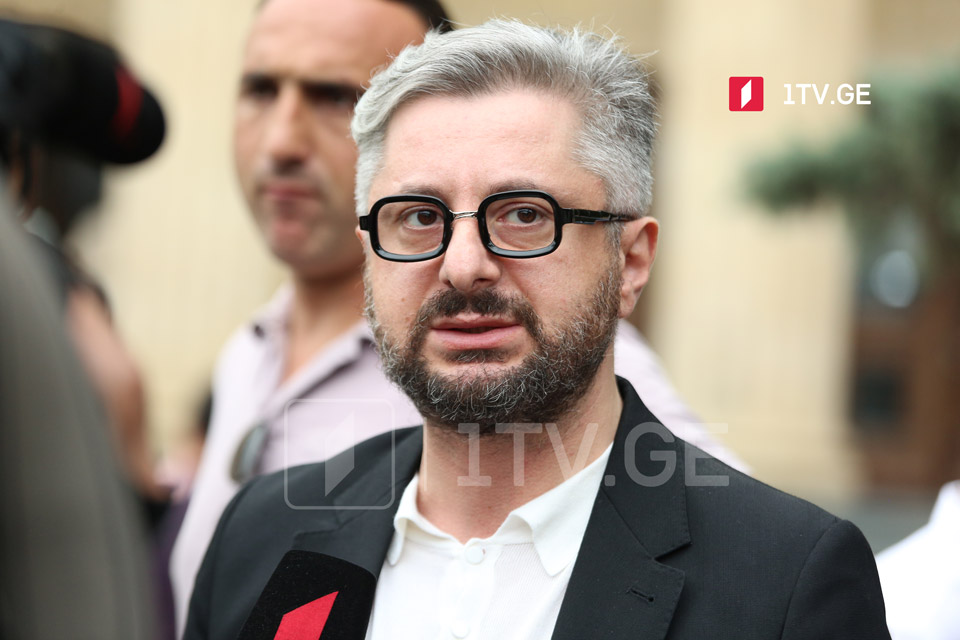Coalition for Change's Gvaramia: I was voter, not expert at polls; didn't check paper, marker or envelope quality
“I didn’t go there as an expert to inspect the paper, marker, or envelope. I went as a voter,” Nika Gvaramia, leader of the Coalition for Change, told journalists at a press conference that he did not assess the paper quality, marker, or envelope at the polling station.
The journalist asked Nika Gvaramia, “You mentioned that when casting your vote at the polling station, you encountered different quality markers and sheets. On election day, you told the media that everything was in order. Why didn’t you mention the different markers, sheets, and envelopes when you discovered them? Didn’t you notice these issues while voting?”
In response, Gvaramia stated that it would have been unusual for him to inspect the markers, ballot boxes, and envelopes at the moment.
“I didn’t go there as an expert to inspect the paper, marker, or envelope. I went as a voter. None of us could have noticed those details on-site. How was I supposed to determine whether the marker was transparent or if the envelope was the correct size? Especially with 20 cameras watching me. It would have been strange for me to check the weight of the paper or the ink of the marker. I was not an expert or an observer. All observers noticed discrepancies everywhere. The ballots are real; this is not an illusion. You can see for yourself.
While it’s true that Judge Gvritishvili says, ‘I see, but I can’t see,’ we can all see the dots visible from the back of the ballots. I didn’t focus on this during voting; if I didn’t notice it there, does that mean there was no problem with secrecy? The vast majority of voters likely didn’t notice either—who checks if ink is leaking from the back of the ballot? I only saw the evidence on TV after the boxes were opened. By the time the results were tallied, there were complaints about the process, particularly when we observed that many ballots had marks leaked on the back. This made it apparent that identification of voter choices was possible. It’s impossible to take note of everything during the voting process,” Gvaramia explained.
He further noted that the envelope either covered the ballot or not.
“Voters shouldn’t have to worry about whether the envelope obscures their votes. If the envelope is pulled down, it indicates a downward vote; if it’s pulled up, it indicates an upward vote. It’s not true that the envelope completely concealed the ballot numbers—how could the ’41s’ be visible from the envelope? Did you see how the ballot went into the machine? Wasn’t your number visible from the back? Why did the envelope shrink if it was originally larger? Why did the thick paper become thinner, and the marker darker?”
Gvaramia mentioned that discussions about these issues started on election day and continued the next day, but analyzing the elections takes time.
“This isn’t a quick or simple process. We made our statement only after the entire picture was clear,” he noted.
When asked if his reaction would have been different if the election results had favoured him and he noticed the marker leaking, Gvaramia responded, “Is it logical to assume that the authorities would violate secrecy to ensure the opposition wins? Why entertain such an illogical idea? There’s no scenario in which this makes sense. The issues with paper weight, envelope size, and marker ink were not coincidental. I’m not inclined to delve into this now. The opposition still won—how do I explain that? There’s no logic to it,” Gvaramia concluded.

